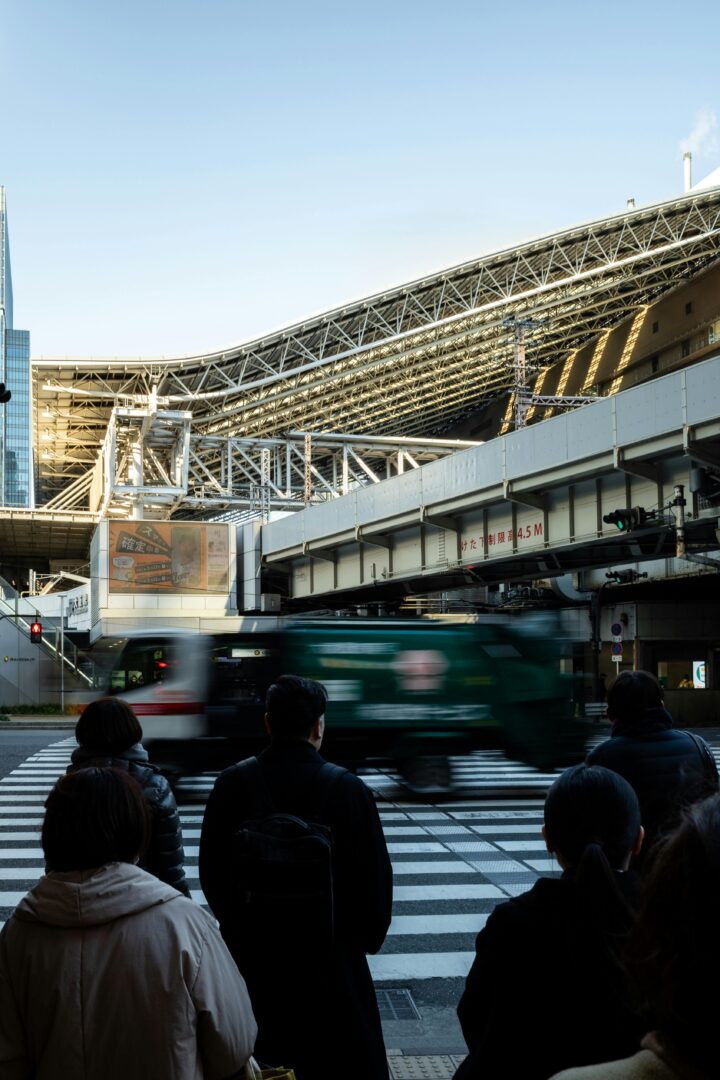
Umeda (Kita)
High density of coworking, hotel lounges, and transit. Great for day passes and last-minute client drop-ins near JR Osaka and Hankyu lines.
See transit overviews on the Osaka Metro & JR route maps.
• Co-working space • Our Blog
Where are the best workspaces in Osaka right now?
The best place to work in Osaka depends on your task, budget, and need for privacy. Choose study cafes for solo focus, coworking for reliable Wi-Fi and calls, and serviced offices for teams or client meetings. Below you’ll find a fast, practical guide that matches typical use-cases—remote work, exam prep, sales calls, and pop-up project rooms—to the right neighborhood and space type.
Jump to the Complete Guide to Osaka’s Coworking Space & Office Rental Trendse 📍.
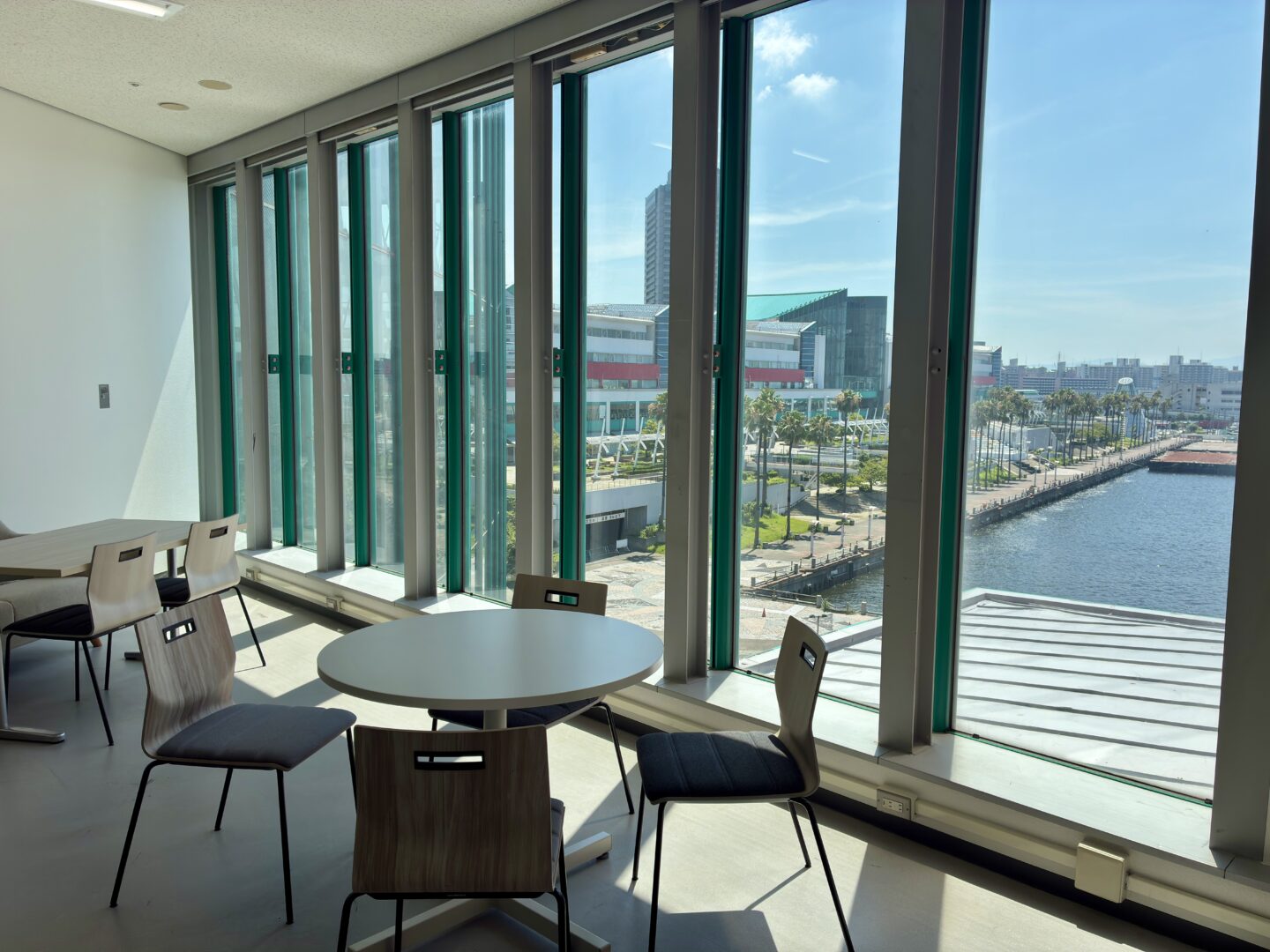
Find your perfect spot to work or study in Osaka.
| Workspace Type | Noise | Wi-Fi | Price | Calls |
|---|---|---|---|---|
| Osaka Bay🔥 Hot Spot | 🤫 Low to Medium | 🚀 Excellent | ¥¥¥ (~¥2,000/day) | ✅ Dedicated Booths |
| ExBox 💎 Very Popular | 🔇 Very Silent | 🚀 Excellent | ¥¥¥ (~¥6,600/week) | ✅ Private Booths |
| Standard Chain Café ⭐ Popular | 🗣️ Medium to High | 👌 Good | ¥ (~¥500/drink) | 🤫 Discouraged |
| Internet / Manga Café | 🤫 Very Low | 👌 Good | ¥¥ (~¥600/hour) | ✅ Private Booths |
| Osaka Municipal Library | 🔇 Silent | 🤔 Unreliable | Free | ❌ Not Allowed |
Pick your base by agenda: Umeda for transport and corporate visits, Namba for food + late hours, Honmachi for B2B meetings, and Osaka Bay for Expo/Yumeshima and calmer views. You’ll spend less time commuting if you align your schedule to where your meetings or sightseeing already are.

High density of coworking, hotel lounges, and transit. Great for day passes and last-minute client drop-ins near JR Osaka and Hankyu lines.
See transit overviews on the Osaka Metro & JR route maps.
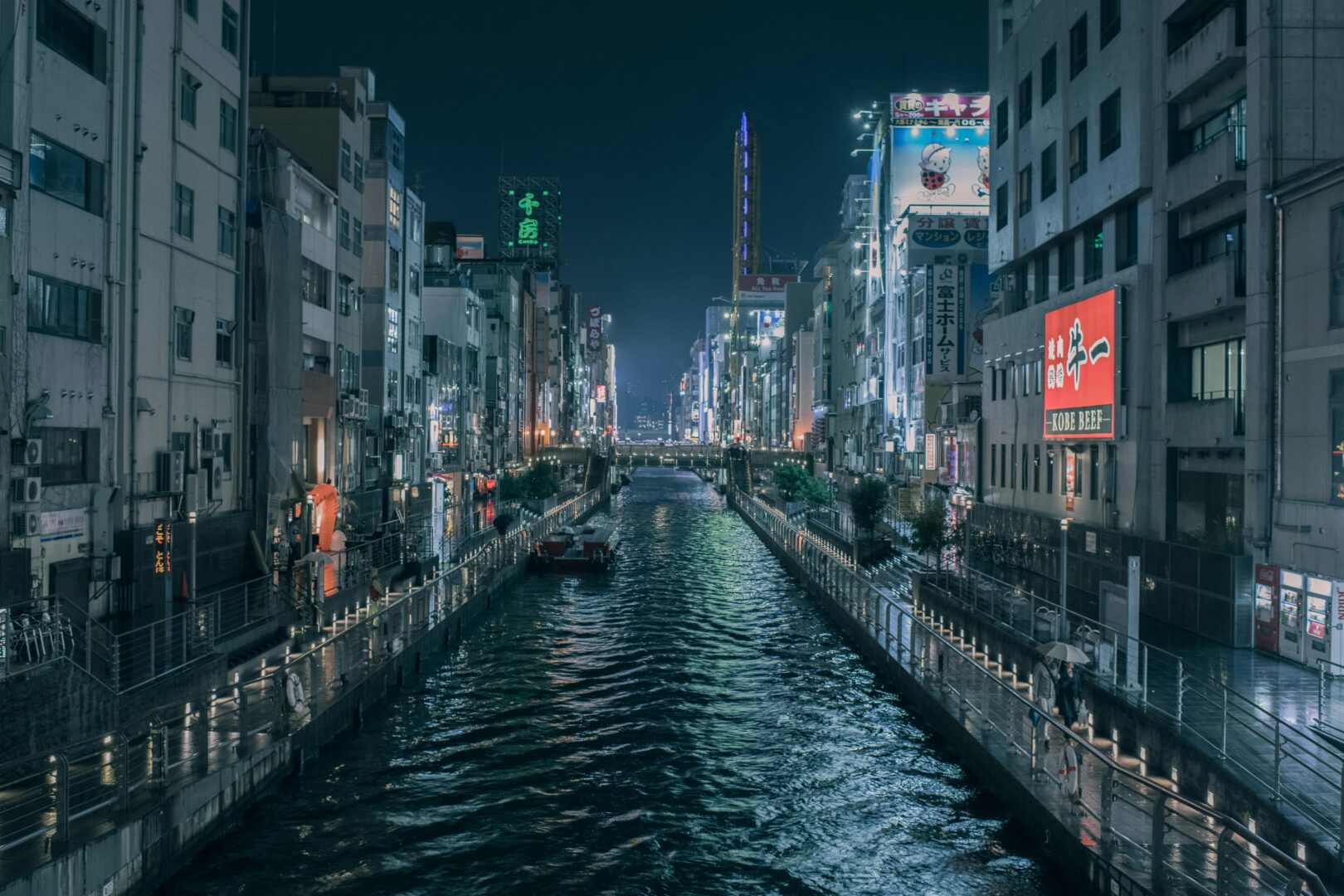
Plenty of cafés with long hours and vibrant streets. Ideal if you need flexible late-evening sessions after dinner.
Explore the neighborhood via the official area guide for Namba/Shinsaibashi.
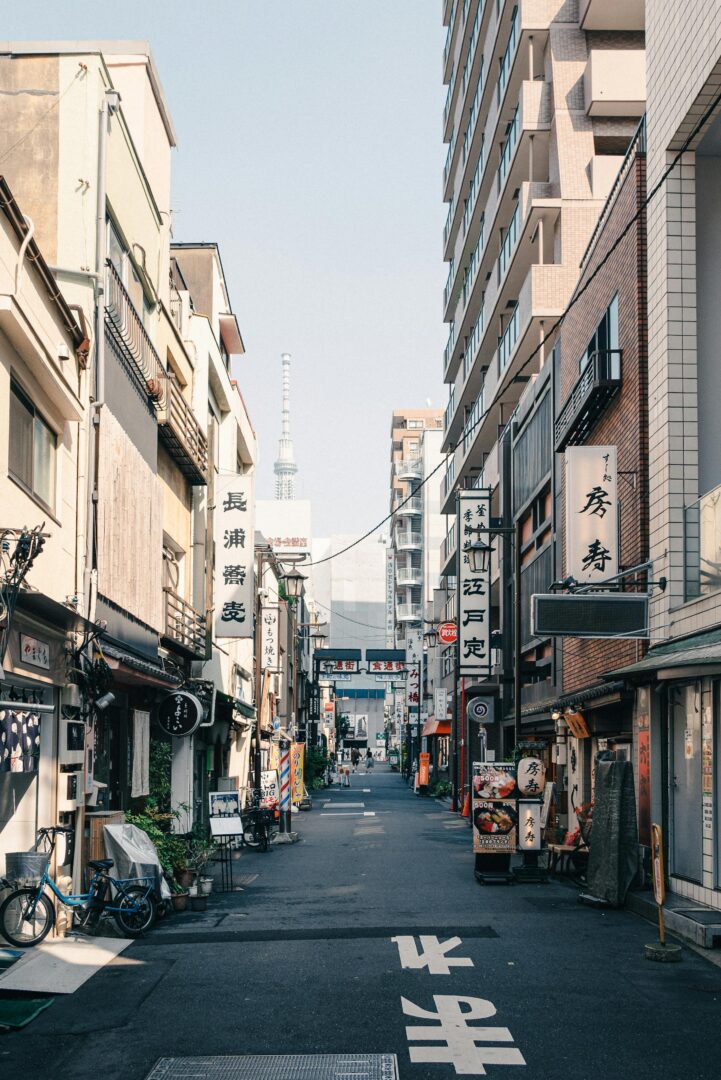
Corporate core with many serviced offices and meeting rooms. Easy to schedule client-facing sessions around Midosuji.
Read a market overview of serviced offices and typical amenities in this reputable guide.
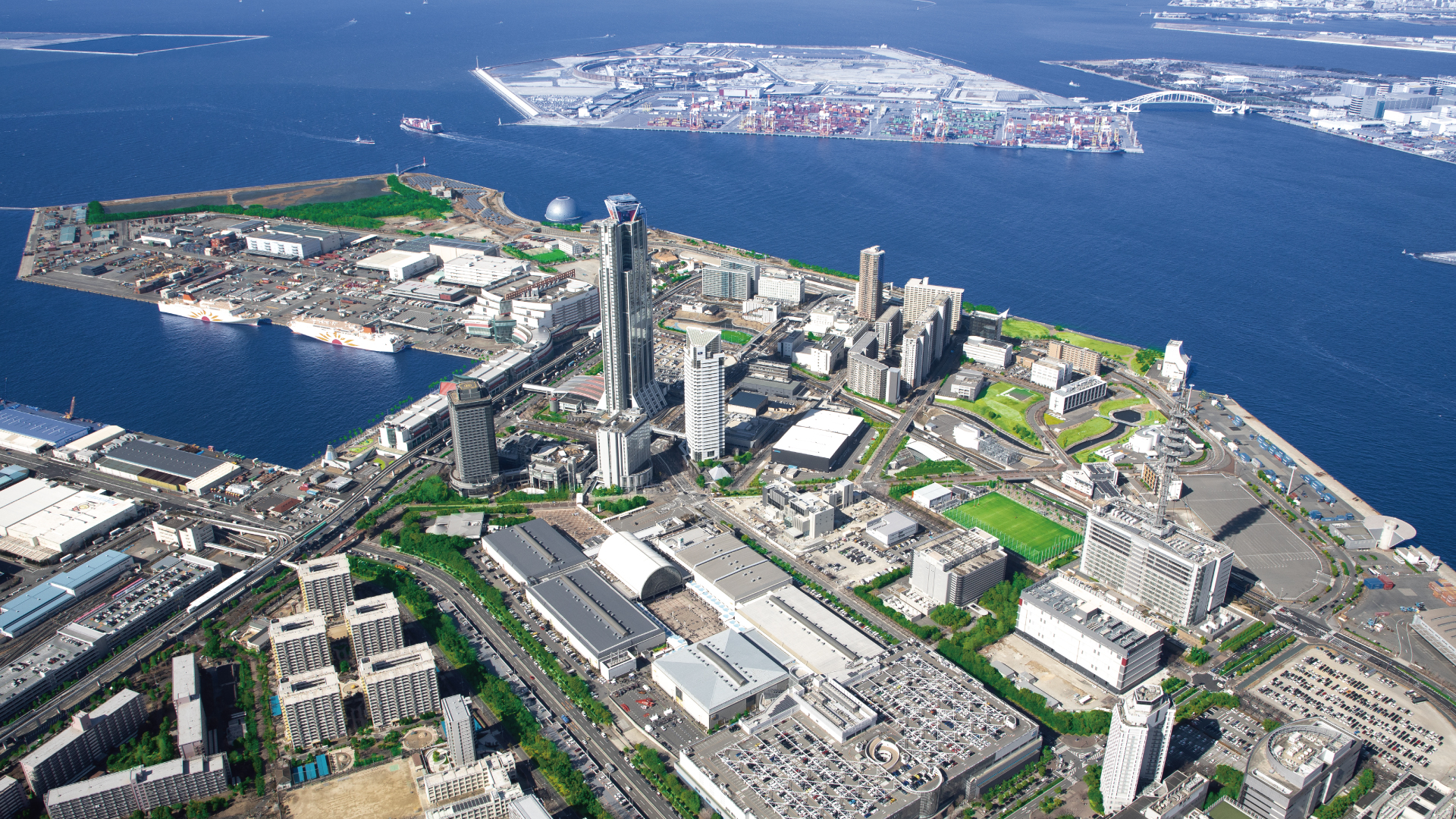
Quiet, scenic, and practical for Expo/Yumeshima access. Good for focused workdays and events logistics; shuttle options reduce transfers.
See routes and options on our access & location page for Osaka Bay work options.
Estimated train commute times between major zones.
Pick your base by agenda: Umeda for transport and corporate visits, Namba for food + late hours, Honmachi for B2B meetings, and Osaka Bay for Expo/Yumeshima and calmer views. You’ll spend less time commuting if you align your schedule to where your meetings or sightseeing already are.
Use study cafes for short, solo sprints and written tasks. Avoid them for confidential calls or anything needing guaranteed sockets and Wi-Fi speed. Many cafés allow laptops but expect you to order regularly and keep noise low.
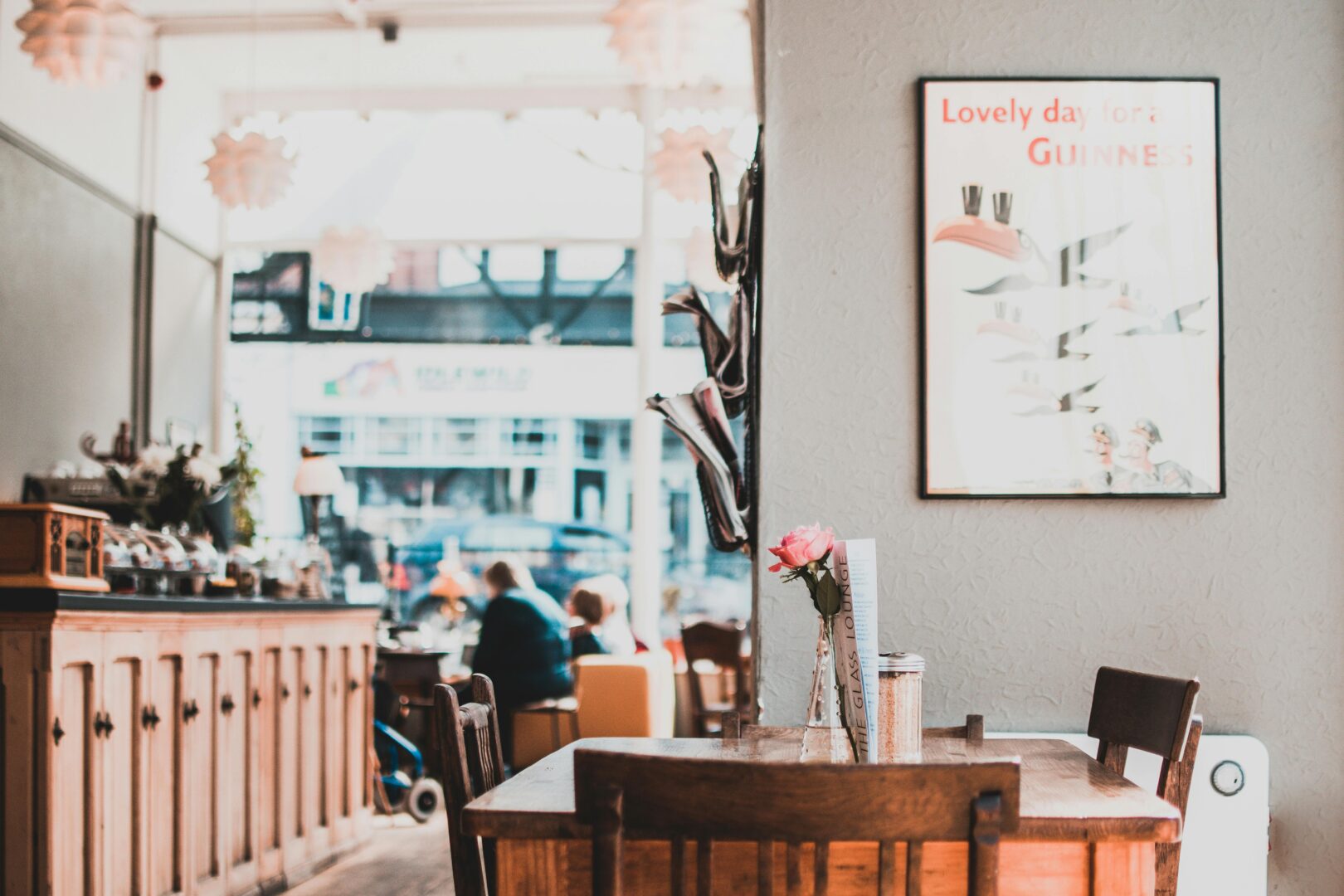
Read a reputable overview of local norms in this guide to café etiquette in Japan 🔗.
Real experiences from remote workers and students in Osaka.
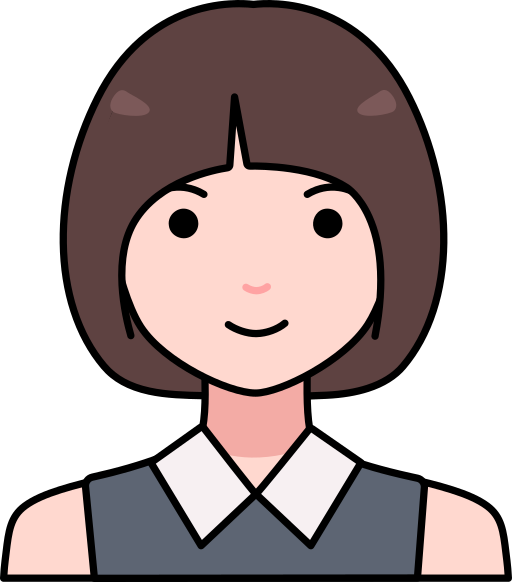
Alex Y.
Reviewed: ExBox
“The focus here is unmatched. It’s incredibly quiet, which I loved. The Wi-Fi was blazing fast for my video calls, and the private booths meant noise was never an issue. Worth every yen.”

Maria S.
Reviewed: Chain Café in Namba
“Great for a quick session, but the background noise makes it hard to focus for long. The Wi-Fi was decent for browsing, but I wouldn’t rely on it for heavy-duty work. Good for the price, though.”

Kenji T.
Reviewed: BEXX Cube Osaka Bay
“Loved the view! The general work area has a low level of ambient noise, which helps with focus. The Wi-Fi is top-notch. My only wish is for more private call booths during peak hours.”
Coworking gives you stable Wi-Fi, real desks, phone booths, and meeting rooms. Day passes solve one-off needs; monthly plans cut the cost if you’re here a week or more. For video calls or interviews, private booths are your safest bet.
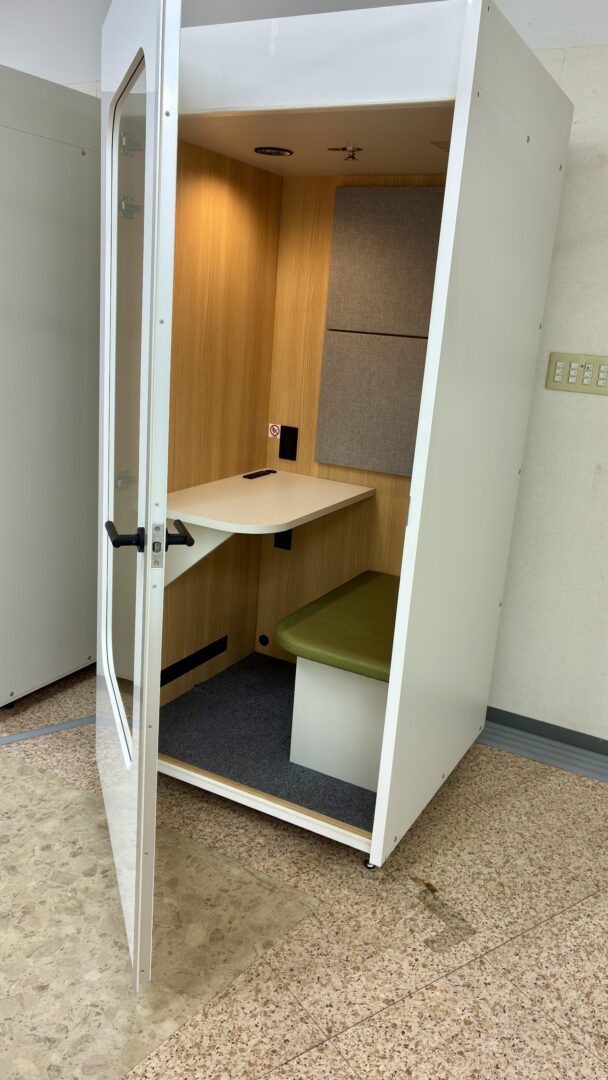
See plans & pricing on our coworking service overview page 🔗, or read an authoritative market overview.
Related reading: how to choose a coworking space in Osaka.
Choose a serviced office or private suite if you host clients, need confidentiality, or coordinate multi-day projects. You’ll get reception, proper meeting rooms, and predictable quiet.
Use-cases: executive interviews, board reviews, legal/finance calls, or week-long sprints with a core team.
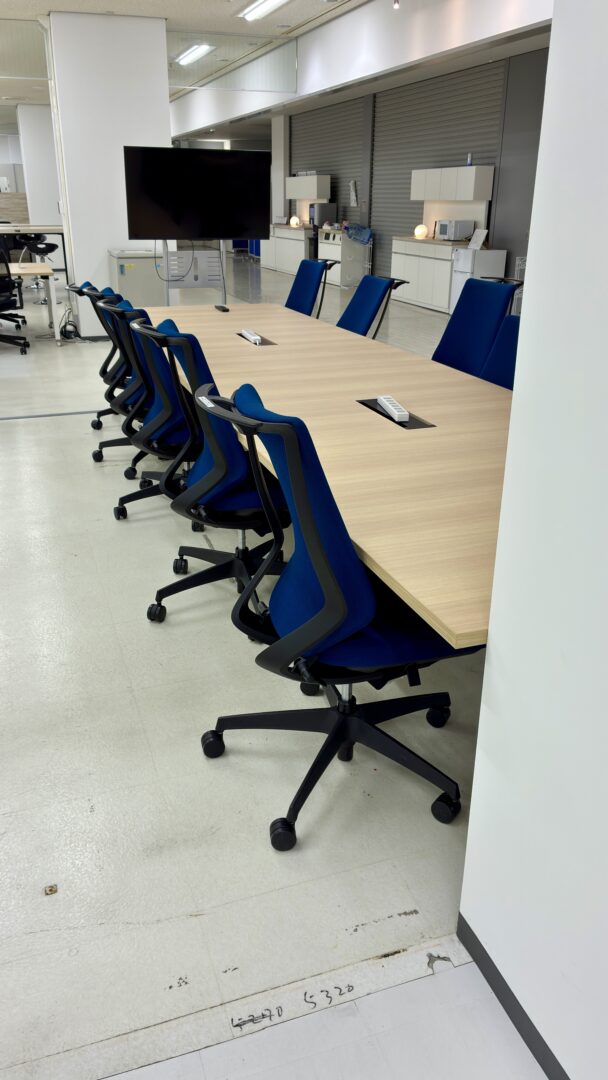
See availability on our office rental overview page for Osaka 🔗, or compare providers in this serviced office comparison guide.
Are you a solo worker or part of a team? Your priorities might differ.
Is there always a guaranteed spot to work?
Check for accessible power, not just along a wall.
Crucial for stable video calls and sending large files.
Confirm availability for private calls without long lead times.
Lower priority—still good to know rates for occasional client sessions.
Can the team sit and collaborate together easily?
Check rates, sizes, and availability for syncs and presentations.
Can the network handle multiple simultaneous video calls?
Included or available at reasonable cost?
Can the space serve as a professional business address?
Yes—many libraries have quiet desks and some offer Wi-Fi, but phone calls are usually prohibited. They’re great for deep work and exam prep, not for Zoom.
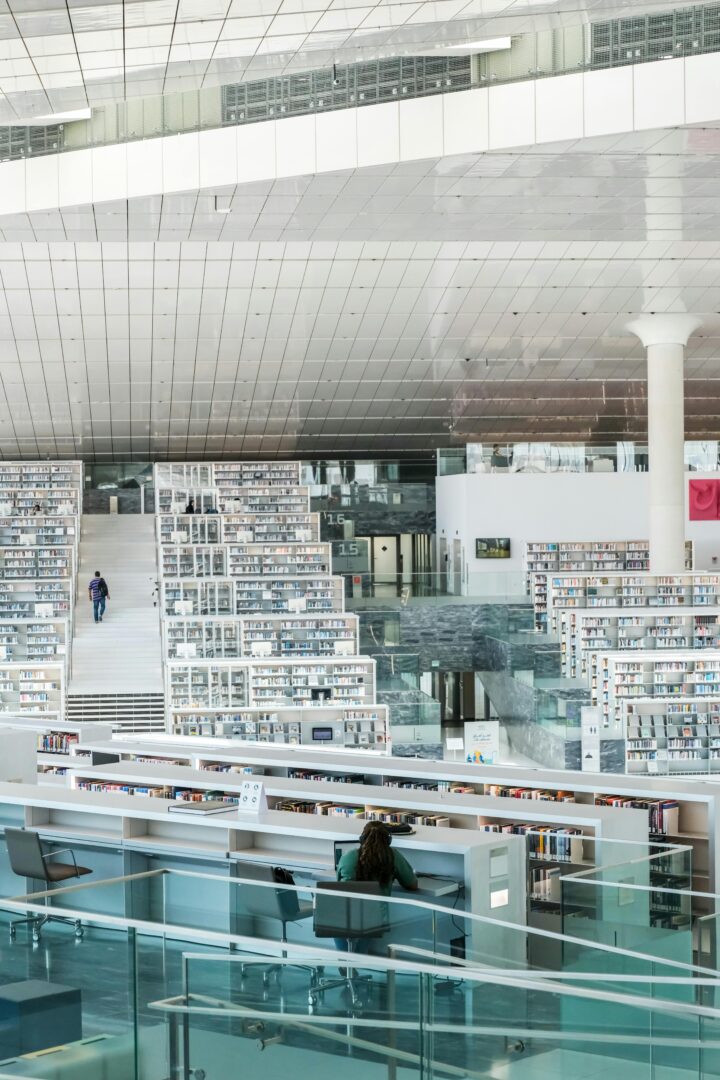
Check local rules in the Osaka City library policies & study area guidelines.
For video calls, prioritize upload speed, a real chair/desk, and acoustic privacy. For long sessions, power at the desk and screen height matter more than ambience.
Ask for measured speeds; upload matters most for calls and screen sharing.
Seat-level outlets beat wall runs — fewer trip hazards and no cable stretch.
Booths or enclosed rooms cut echo and leakage for interviews or client calls.
Use a monitor riser or laptop stand; avoid café stools for >2 hours.
Deep dive on call quality in this reputable best-practices guide.
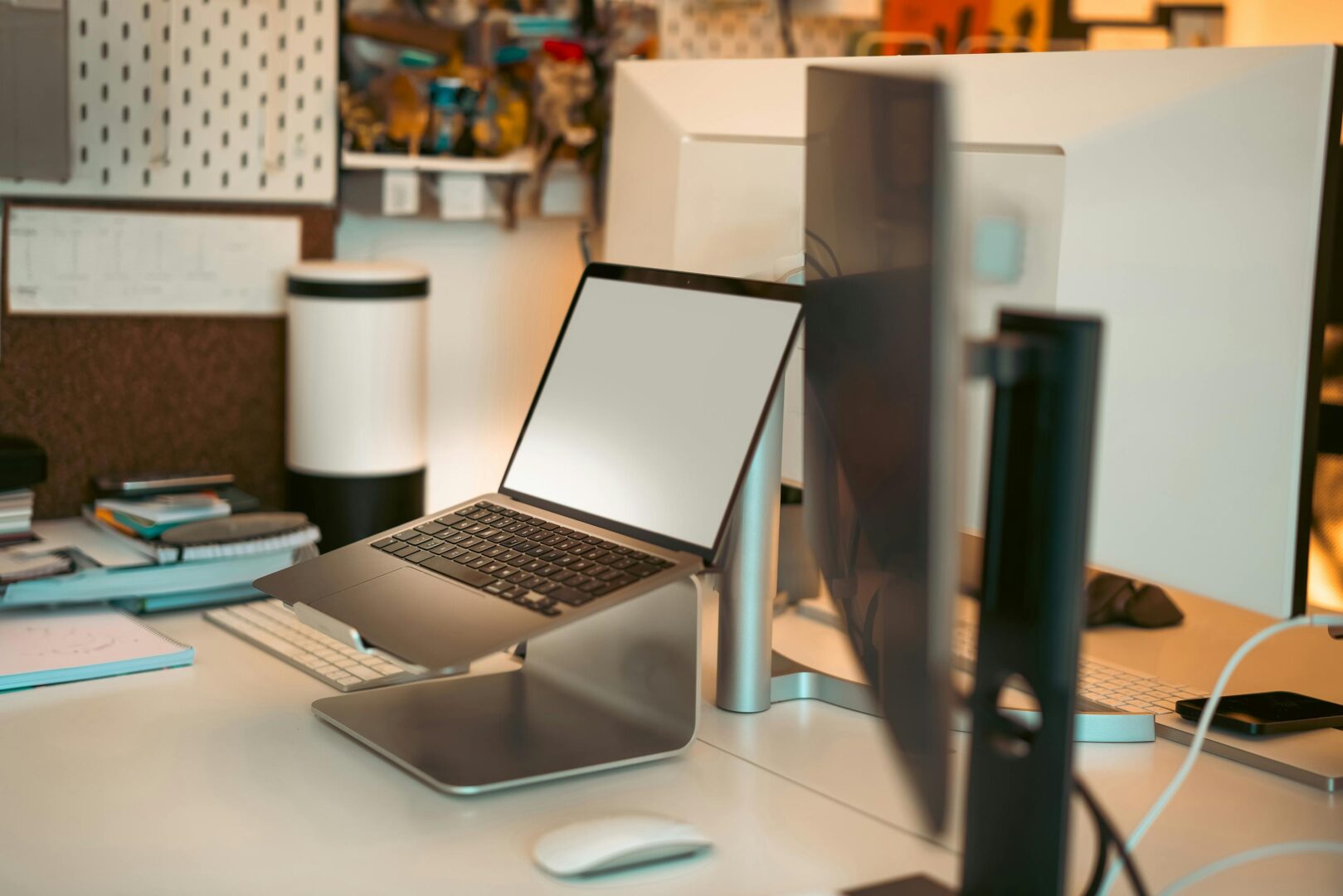
Use this 5-step filter to match your next 4–6 hours to the right space.
(e.g., HDMI, projector, large monitor)
Minimize transfers—work near your next meeting or train station to save time.
Use stations on Midosuji or JR Osaka Loop to stay mobile; for Yumeshima/Expo plans, base yourself near direct shuttles or Port Town lines. Off-peak travel saves time and sanity.
JR/Metro hub; fast for cross-city meetings.
Peak tip: use alternate exits and allow platform time near JR Osaka.
Great for late schedules.
Peak tip: plan +10–15 min for transfers at Minami corridors.
Check direct buses or shuttles during major events.
Peak tip: confirm event-day shuttle frequency; avoid single-change routes.
Nankai or JR lines; factor in luggage if working the same day.
Peak tip: add buffer for security/queues; consider luggage delivery.
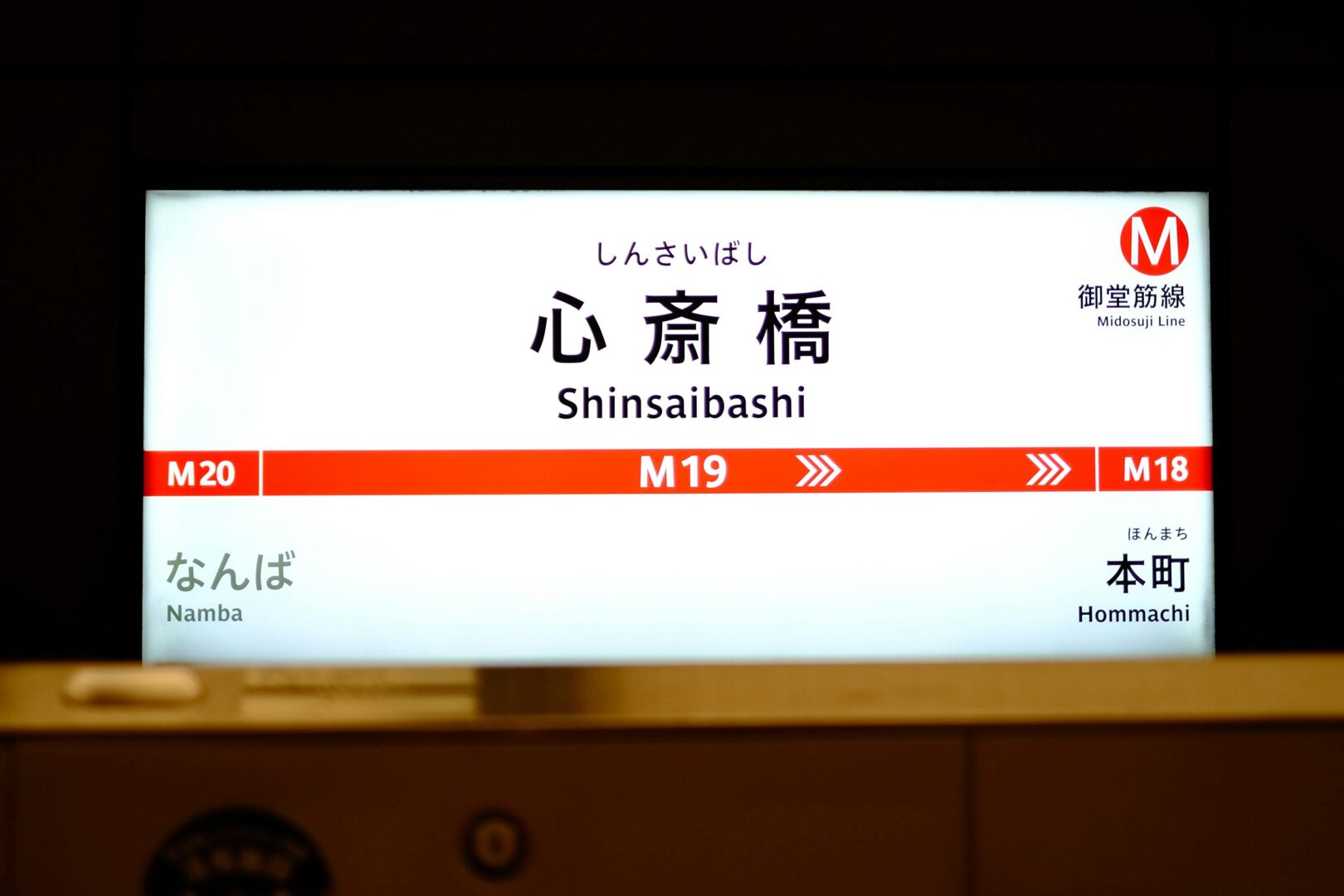
See the Osaka Metro official route map and the Kansai Airport transport guide. Shuttle details on our Yumeshima/Expo shuttle info page.
Use stations on the Midosuji or JR Osaka Loop lines to stay mobile. For Yumeshima/Expo, base yourself near direct shuttles or the Metro Chūō line.
Connects Umeda, Osaka Castle, Tennoji.
Main artery for Umeda ↔ Namba.
From Namba or Umeda / Tennoji.
Main access via Metro Chūō Line; shuttles during major events.
Note: Check official event shuttle bus schedules for hours & reservations — see our Yumeshima/Expo shuttle info.
If you’re working around Osaka Bay or Expo/Yumeshima, a waterfront coworking hub with phone booths, meeting rooms, and direct shuttle access keeps everything in one place. It’s ideal when you want quiet focus, same-building luggage storage, and quick connections for client sessions.
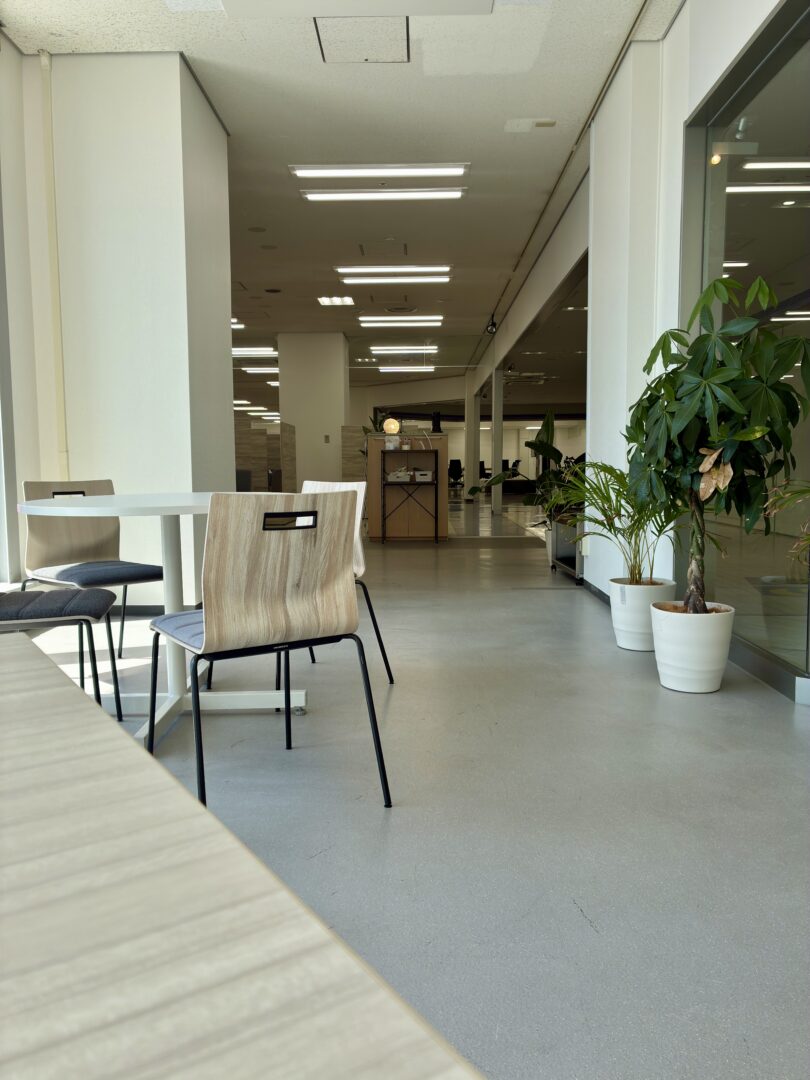
Compare plans on our coworking day pass & monthly pricing/availability page, check meeting room pricing & room specs, and see luggage storage options for hands-free workdays.
Acoustic zones and booths keep calls crisp without background chatter.
Work, meet, and store bags in the same building—no extra detours.
Direct shuttles and Bay-area lines reduce transfer time during Expo.
Reception, screens, and bookable rooms make sessions feel professional.
Steal one of these “drop-in” plans and adjust by neighborhood. Each keeps transfers low and queues short.
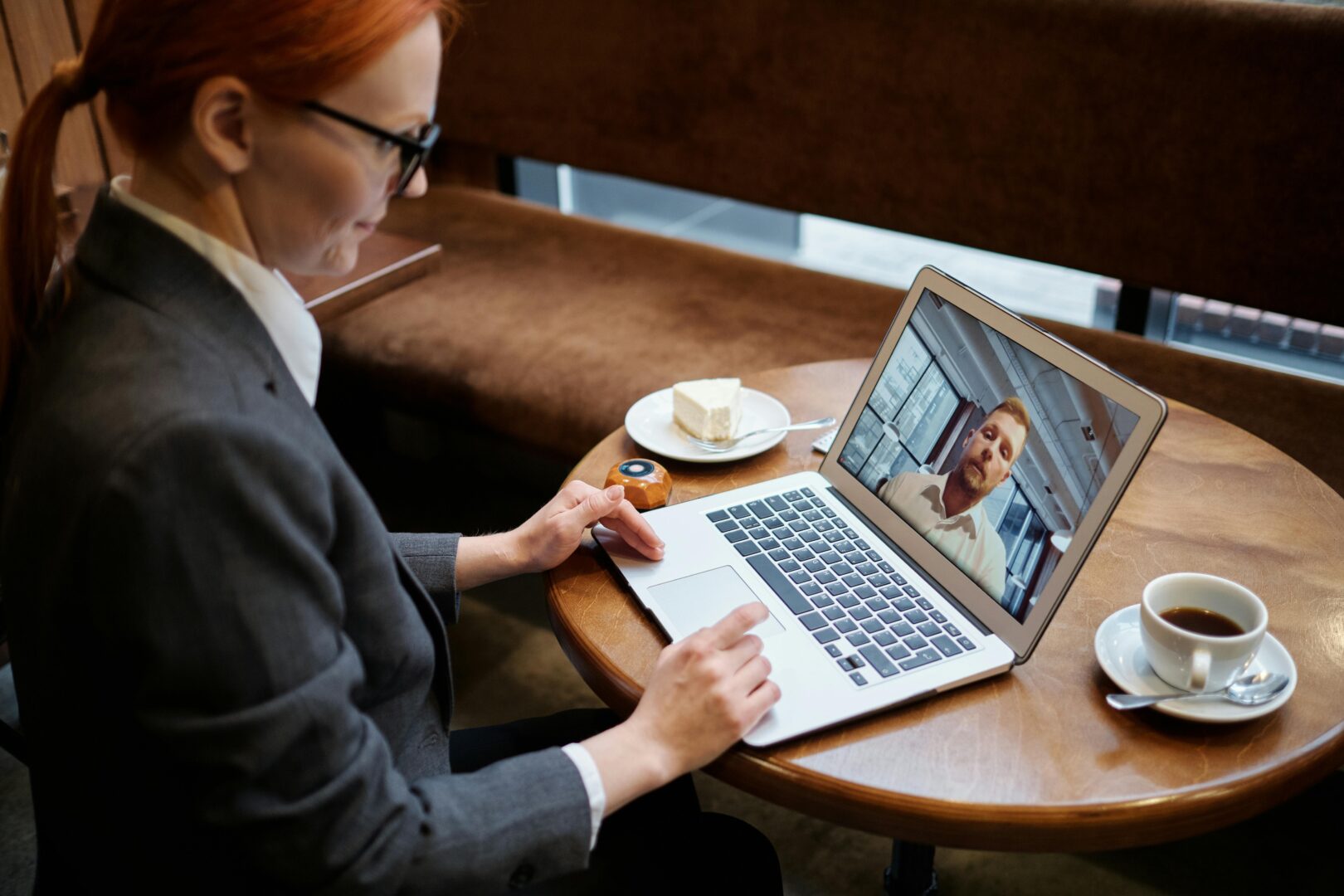
Coworking booth (speed test first; upload matters).
Lunch near station, stretch, email triage.
Quiet zone for deep work; book a 30-min booth if a call pops up.

Study café (earbuds, minimal notifications).
Light lunch; short walk.
Public library desk; no calls, strong focus block.
Read local rules: library study desk rules.
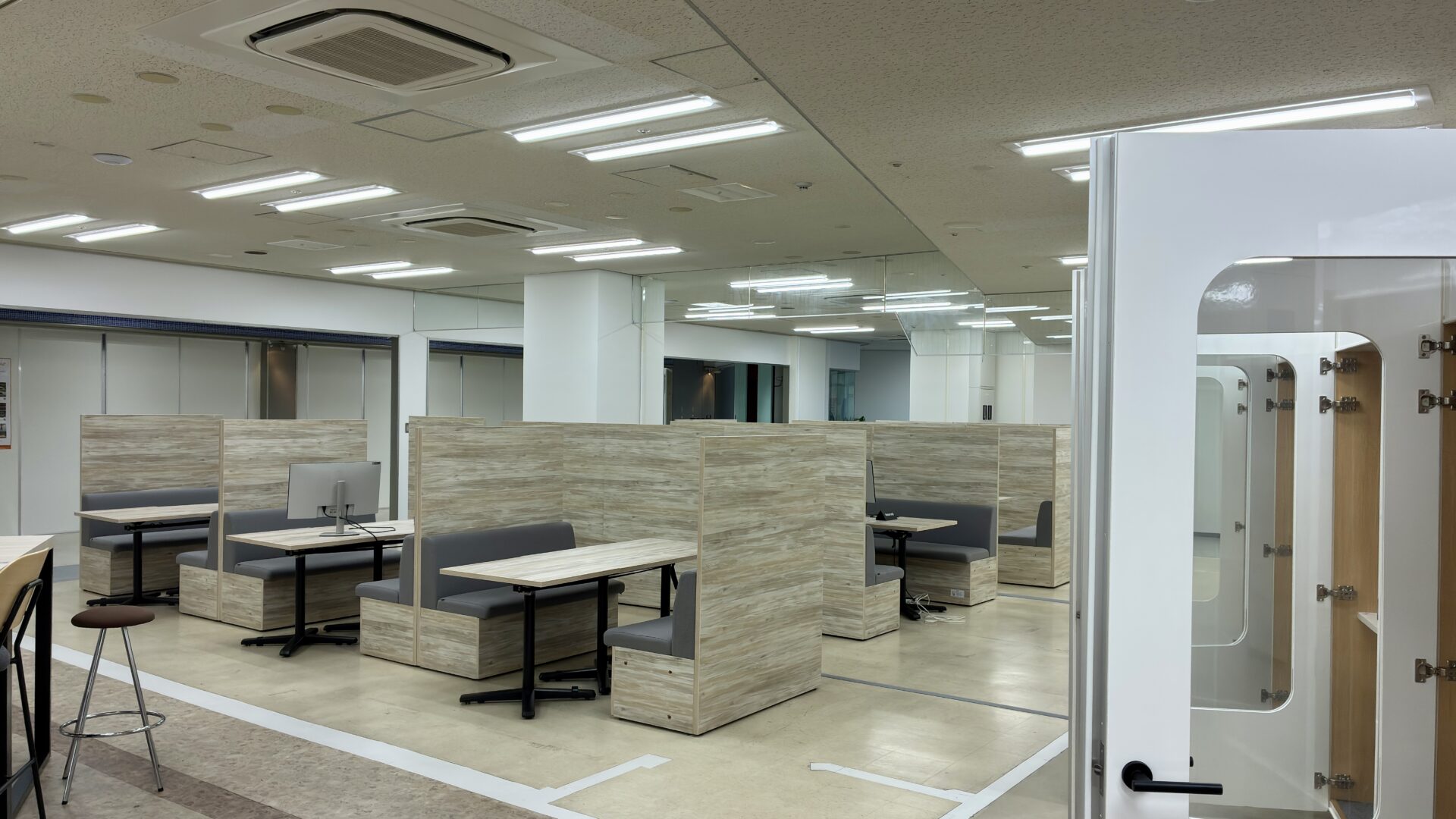
Meeting room with screen share; capture decisions.
Break + inbox clear in open lounge.
Split: calls in booths; document handoff.
See space details on our {topic}-relevant service page for team room + booths.
Keep voices low, use earbuds, and don’t hog outlets or seats. In cafés, order every 60–90 minutes; in shared offices, book booths and clean up before leaving.

See broader norms in this reputable guide to business etiquette in Japan.
New to Japanese offices? Read this business etiquette overview.
Most modern coworking and office buildings are step-free with elevators, but call booths can be compact. Booking pages often support English; reception teams can help with setup.
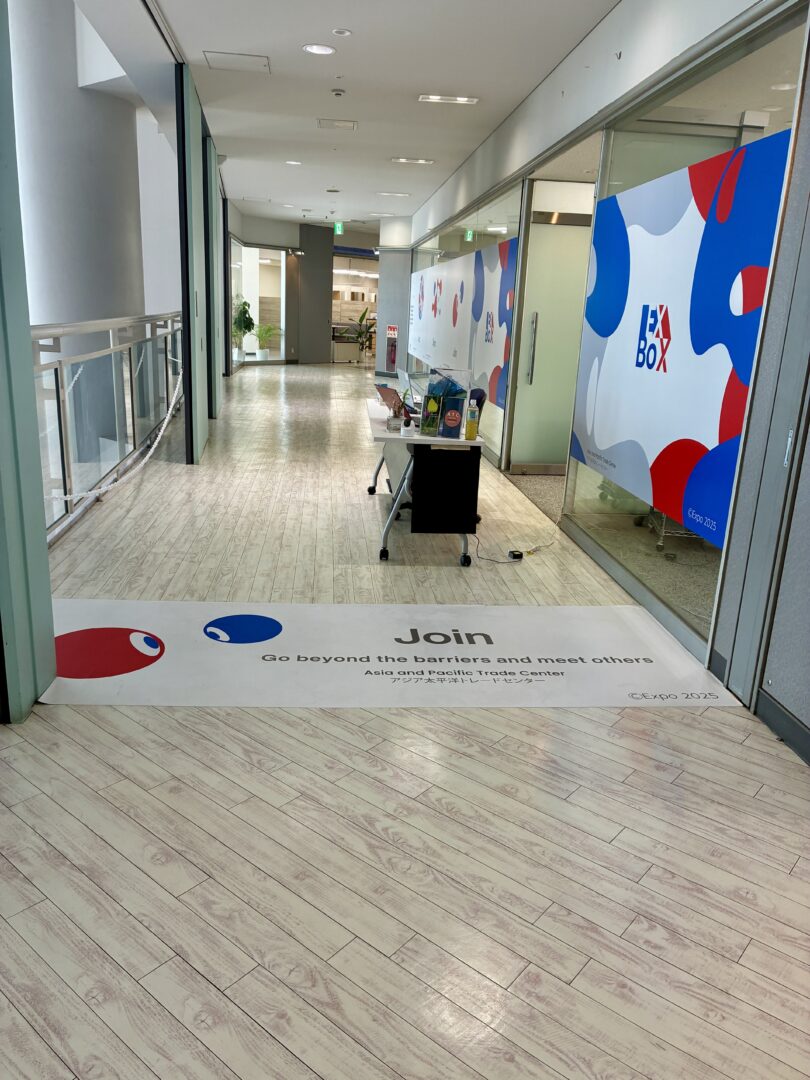
Check accessible exits from stations; some concourses are long.
Most booking pages support English; many spaces are cashless-friendly.
Call booths can be compact; plan ahead for prints and parcel drop-offs.
Wayfinding help: read our access/wayfinding guide for the Osaka Bay location 🔗.
Key things to confirm before you visit a new workspace.
Is there step-free access to the floor?
Are there designated, spacious facilities available?
Is reception reachable height? Any adjustable desks?
Enough space to navigate between desks and common areas?
A study café is cheapest; expect to pay for drinks, not a seat fee. For longer sessions or calls, a coworking day pass is usually worth it because you get outlets, Wi-Fi, and booths. Time limits may apply at peak hours; always ask staff.
Generally, no—calls are discouraged unless you step outside. Use phone booths in coworking spaces or book a small meeting room for reliable audio and privacy. Earbuds help, but etiquette and background noise are bigger issues in cafés.
Coworking and offices typically offer strong speeds with stable upload; cafés vary widely. Always run a quick speed test before a meeting. For HD calls, prioritize upload (ideally 5–10 Mbps or more) and a seat near a router if possible.
Popular times fill up fast, but many spaces release short slots between bookings. Check online calendars and consider moving your meeting by 30 minutes. Clarify A/V needs (HDMI, adapters) to avoid set-up delays.
Base in Osaka Bay for fewer transfers and use direct shuttles when available. You can combine coworking (for calls) with luggage storage and meeting rooms in the same complex, then head to the venue with minimal transit stress.
Yes—great for deep work but not for calls. Seating can be time-limited and Wi-Fi may be restricted. Bring a hotspot and plan calls in separate booths elsewhere.
If the project involves clients, sensitive docs, or daily syncs, yes. Reception, secure storage, and consistent quiet outweigh higher costs. Ask about bundled meeting credits and short-term terms.
Don’t sprawl; use one seat, one outlet, and tidy your cables. In cafés, keep purchases flowing and offer seats to waiting customers at peak times. In coworking, leave rooms as you found them and end calls on time.


Editor, Osaka Workspace Guide